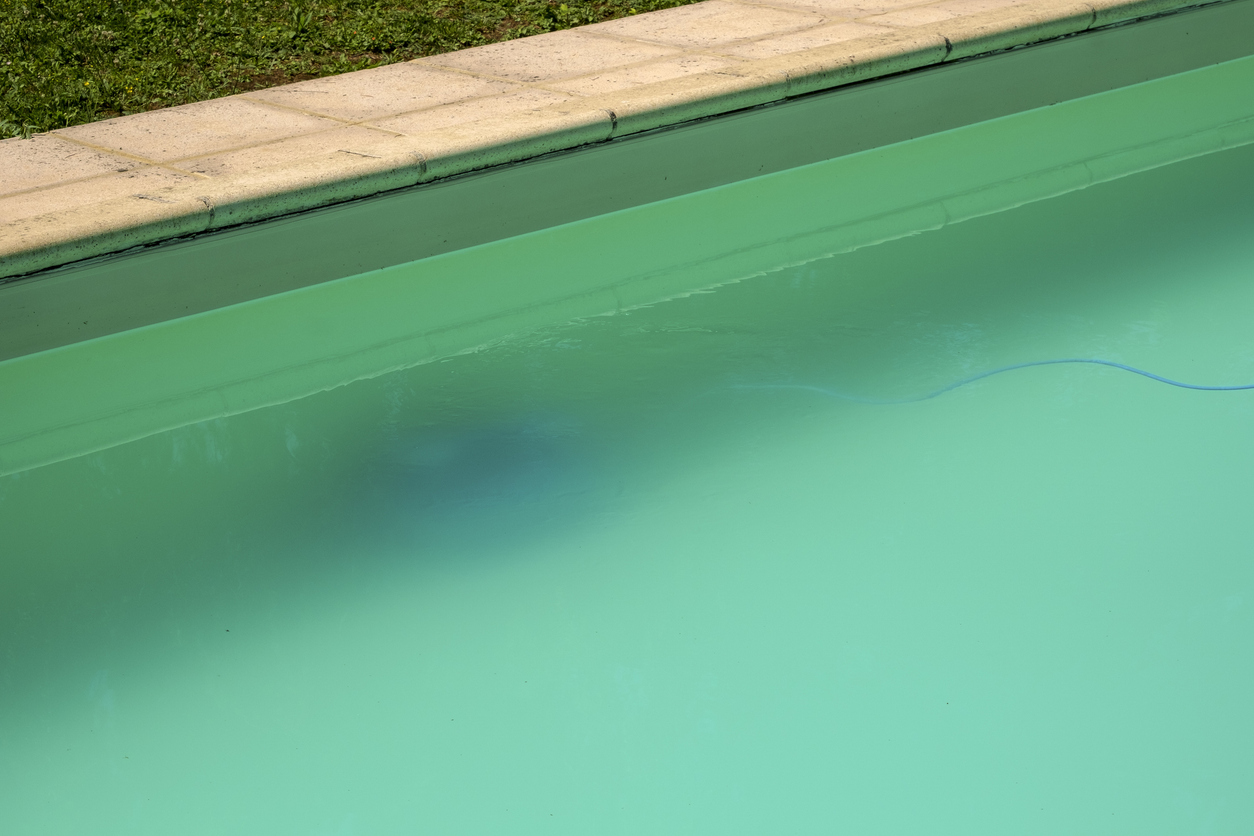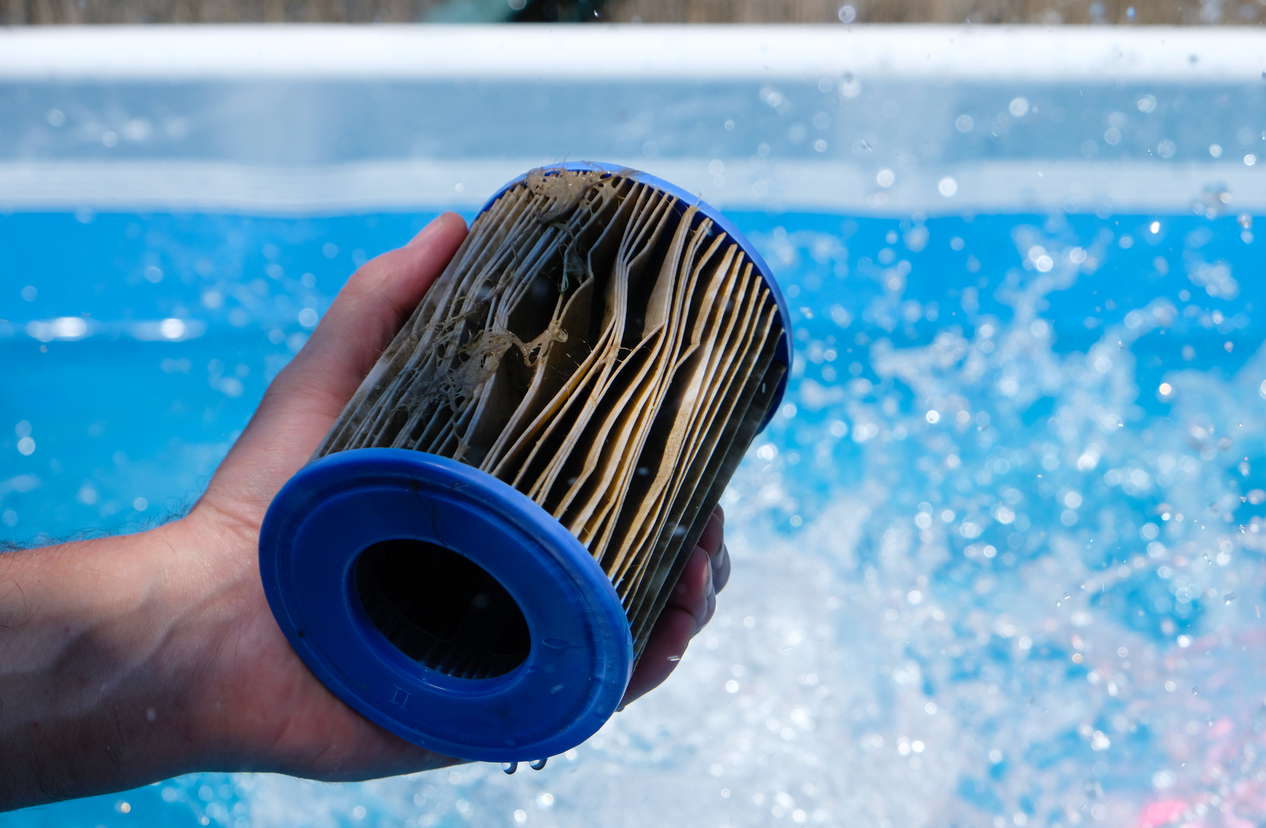Cloudy Water Fixes: Step-by-Step Guide to Restoring Water Clarity

Crystal-clear water is the goal of every pool owner, but sooner or later, many pools develop an unwelcome haze. Cloudy water can be frustrating because it doesn't always have an obvious cause, and a murky pool isn't just unappealing - it can also be unsafe. Poor circulation, chemical imbalances, and even microscopic contaminants can all play a role in reducing water clarity. Fortunately, restoring a cloudy pool is straightforward once you identify the underlying issue.
What Causes Cloudy Pool Water?
Cloudy water typically results from three primary culprits: poor filtration, chemical imbalances, or contaminants. A clogged or inefficient filter can allow fine debris to remain suspended in the water, while incorrect pH or sanitizer levels prevent the water from staying clean. External factors like heavy rain, excess swimmers, or environmental debris can also introduce organic material that clouds the water.


One of the first things to check is your filter pressure gauge. If the pressure is significantly higher than normal, your filter may be clogged, restricting water flow and circulation. If the pressure is lower than usual, you may have a flow issue caused by a partially blocked skimmer or return line. Either scenario can contribute to cloudiness by reducing filtration efficiency.
How to Clear Cloudy Pool Water
Restoring water clarity involves tackling the issue at its source. The first step is testing your water chemistry. If chlorine levels are low, bacteria and organic contaminants may be the problem. If pH and alkalinity are out of range, the water may be unstable, leading to cloudiness and poor chlorine effectiveness. Using a reliable test kit or digital tester, measure free chlorine, pH, alkalinity, and calcium hardness to see where adjustments are needed.
Once the water chemistry is balanced, check the filtration system. If you have a sand or DE filter, backwashing can remove built-up debris that's preventing proper filtration. If you use a cartridge filter, remove and rinse it thoroughly or replace it if it's old or excessively dirty. Running the pump for extended hours, or even continuously for a day or two, will help circulate the water more effectively.
If cloudiness persists, a clarifier or flocculant may be necessary. A clarifier works by binding tiny particles together so the filter can capture them, while a flocculant forces debris to sink to the bottom, allowing for easier vacuuming. Clarifiers are a gentler solution and work gradually, while flocculants provide faster results but require extra effort to manually vacuum the settled debris.
Preventing Future Cloudy Water Issues
To keep your pool clear, focus on consistent water testing and proper filtration. Testing your pool water at least twice a week helps you catch imbalances before they cause problems. Running your filter for the recommended hours per day ensures that water remains in motion and free from floating debris. Skimming leaves and brushing the pool walls also prevent buildup that can contribute to cloudiness.
Shocking your pool every one to two weeks, especially after heavy use or rainfall, ensures contaminants don't have a chance to accumulate. If your pool frequently develops cloudy water, it may be helpful to evaluate bather load and environmental conditions, as high traffic or excessive organic matter can increase chlorine demand.
By maintaining a proactive approach, you can prevent cloudy water from becoming a recurring issue. When in doubt, remember that clear water is a sign of a well-balanced and well-circulated pool.
